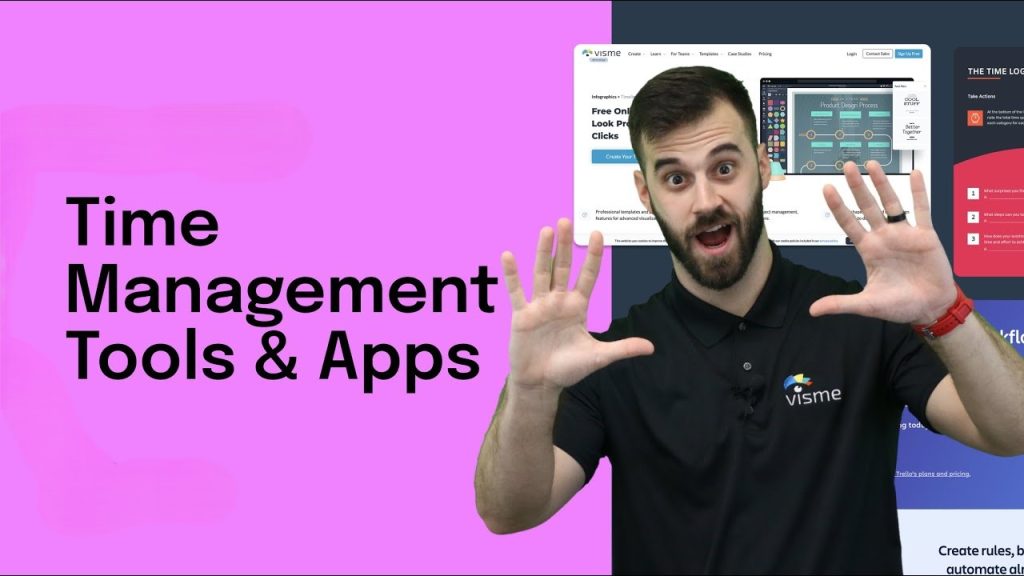
Introduction
In 2025, the line between work and home has never been thinner. With remote work, flexible hours, and always-on connectivity, many professionals feel pulled in every direction. Yet true work-life balance remains essential for health, happiness, and long-term success. By adopting smart time management strategies, setting clear boundaries, and prioritizing mental wellness, you can master a harmonious life where neither work nor personal time suffers.
This guide explores proven methods for mastering work-life balance in the digital era. You’ll learn what balance really means, how to structure your days, and which tools and habits support lasting well-being. Whether you’re an entrepreneur, manager, or busy parent, these tips will help you thrive in both career and personal life.
What Is Work-Life Balance?

Work-life balance means having enough time and energy for both professional responsibilities and personal interests. It’s not an exact 50/50 split—balance looks different for each person. For some, it means leaving work by 5 PM to spend evenings with family. For others, it means taking a midday break to exercise or meditate.
Good balance reduces stress and burnout. It boosts creativity and focus at work. At home, it fosters stronger relationships and more fulfilling hobbies. In 2025, as work becomes more flexible, mastering balance is less about rigid schedules and more about intentional choices.
Why Time Management Tools Matter

Effective time management is the foundation of balance. When you control your schedule, you control your life. Digital tools like calendar apps, task managers, and focus timers help you plan and protect your time.
A calendar app—such as Google Calendar or Outlook—lets you block time for work, family, and self-care. Task managers like Todoist or Trello keep your to-do lists organized. Focus timers, using the Pomodoro technique, enforce short work bursts and regular breaks to maintain productivity without exhaustion.
These tools free your mind from juggling too many details. You can focus fully on what matters in each moment, whether that’s a client call or a cozy dinner at home.
How to Master Work-Life Balance in 2025

1. Set Clear Boundaries
In the always-connected world, boundaries are vital. Setting clear limits between work and personal time helps you switch gears. This might mean:
- Turning off work notifications after hours.
- Having a dedicated workspace that you physically leave at day’s end.
- Sharing your schedule with your team and family so everyone knows your availability.
When you commit to these boundaries, you honor both your work and your well-being. People learn to respect your time, and you avoid the trap of “just one more email” creeping into evenings and weekends.
2. Prioritize Mental Wellness
Mental wellness underpins all balance efforts. Stress, anxiety, and burnout can derail even the best plans. Daily habits like mindfulness, exercise, and sufficient sleep boost resilience and clarity.
Mindfulness apps like Headspace or Calm offer guided meditations that take just a few minutes. Regular exercise, even a short walk, releases endorphins and sharpens focus. Aim for seven to nine hours of sleep each night to recharge body and mind.
When you invest in mental wellness, you gain energy and positivity. This makes it easier to juggle work demands and personal joys without feeling overwhelmed.
3. Flexible Scheduling and How to Use It
Flexible scheduling allows you to choose when you work. It might mean starting early to finish by mid-afternoon, or working in chunks around family needs. To make flexible schedules work:
- Identify your peak productivity hours and schedule demanding tasks then.
- Reserve low-energy times for routine tasks or breaks.
- Communicate your schedule clearly to colleagues and clients.
This approach leverages your natural rhythms. You get more done in less time and have space for personal activities. In 2025, flexible scheduling is a key perk that many organizations support.
4. Remote Work Affects Balance
Remote work saves commute time but blurs work-life lines. To stay balanced:
- Establish a morning routine to signal the start of work.
- Take regular breaks away from screens.
- Close your laptop at a set time and transition to personal mode.
Designate a quiet, clutter-free workspace. Use noise-cancelling headphones if needed. By treating your home office as a true office, you maintain focus during work hours and peace afterward.
4. Delegate and Outsource
You don’t have to do it all yourself. Delegating tasks at work and outsourcing chores at home can restore balance. At work, identify tasks that others can handle—whether it’s admin work or research—and trust your team to deliver. At home, consider meal kits, cleaning services, or grocery delivery to free up hours each week.
Delegation empowers others and prevents you from getting bogged down in low-value tasks. The time you gain can go toward strategic projects, family, or rest.
5. Use Technology Wisely
Technology can both help and hinder balance. Here’s how to use it wisely:
- Schedule “tech-free” times, such as during meals or the first hour after waking.
- Use app blockers to limit social media during work sessions.
- Automate repetitive tasks—bill payments, email filters, and report generation.
Smart use of tech multiplies your time and eliminates distractions. In 2025, AI-driven tools will automate even more routine work, giving you an edge in both efficiency and well-being.
Future of Work-Life Balance

The future of balance looks bright and tech-friendly. AI-powered calendars may soon suggest the best times for work, breaks, and family commitments based on your habits. Virtual reality “quiet rooms” could let remote workers step away from their screens and recharge. Companies may adopt four-day workweeks or “focus days” with no meetings to boost deep work. Wearable devices will remind you to stand, breathe, or log off when stress rises. As more organizations embrace well-being metrics and flexible policies, mastering work-life balance will become easier and more natural for everyone.
Comparative Table: Work-Life Balance Strategies
| Strategy | Description | Benefit |
|---|---|---|
| Time Management Tools | Calendar blocking, task managers, focus timers | Improves planning, reduces stress |
| Clear Boundaries | Office hours, notification off, separate workspace | Prevents burnout, protects personal time |
| Mental Wellness Habits | Mindfulness, exercise, sufficient sleep | Boosts resilience, focus, and mood |
| Flexible Scheduling | Work when most productive, set low-energy tasks off hours | Aligns work with personal life, enhances efficiency |
| Remote Work Practices | Morning routines, scheduled breaks, workspace setup | Maintains focus, separates work and home life |
| Delegation & Outsourcing | Share tasks at work, outsource chores at home | Frees up time for high-value activities and rest |
| Wise Tech Use | Tech-free times, app blockers, task automation | Reduces distractions, automates routine work |
Conclusion
Mastering work-life balance in 2025 means blending smart tools, personal boundaries, and healthy habits. Use time management apps to plan your days and set clear boundaries to protect off-hours. Prioritize mental wellness with mindfulness, exercise, and quality sleep. Embrace flexible scheduling and optimize your remote work setup. Delegate tasks and outsource chores to focus on what truly matters. Finally, leverage technology wisely by automating routine tasks and scheduling tech-free times. By weaving these strategies together, you’ll build a life where work and personal joy flourish side by side.
Call to Action
Ready to achieve better balance? Try implementing one new strategy this week. Visit our blog for deeper guides, tool recommendations, and expert tips to master your work-life harmony in 2025.










